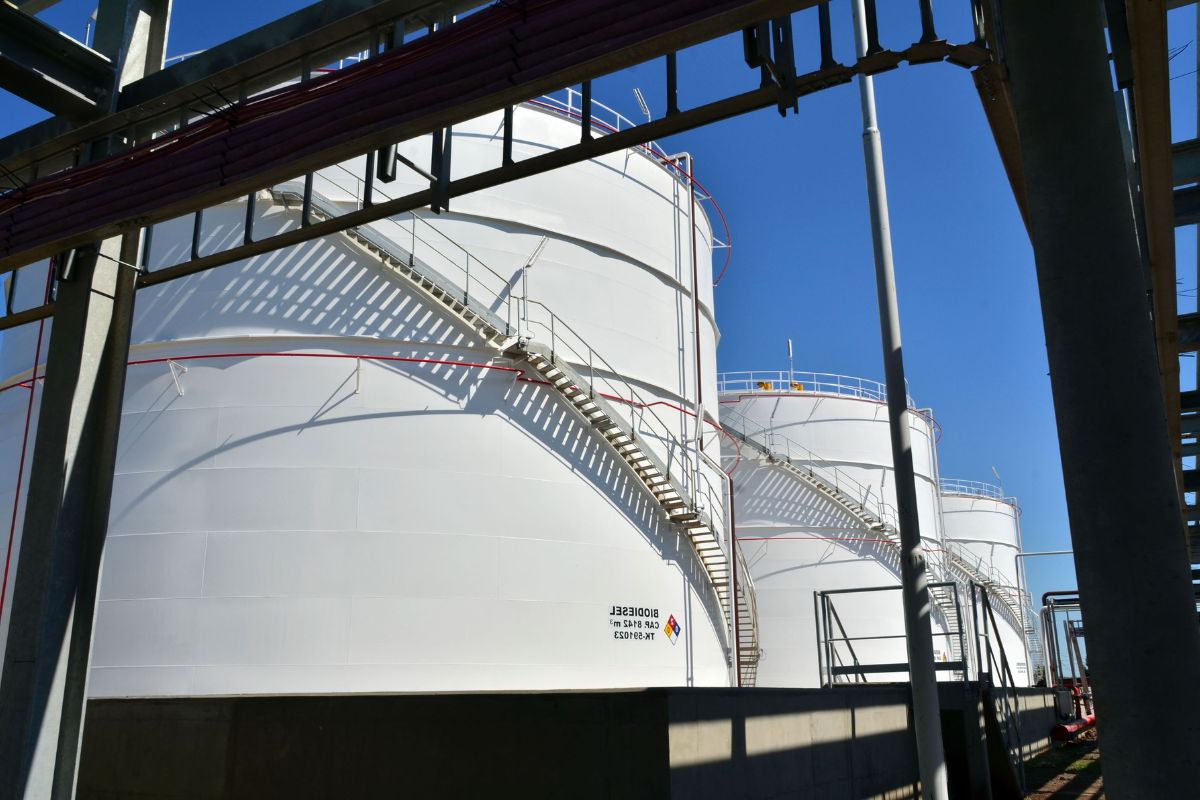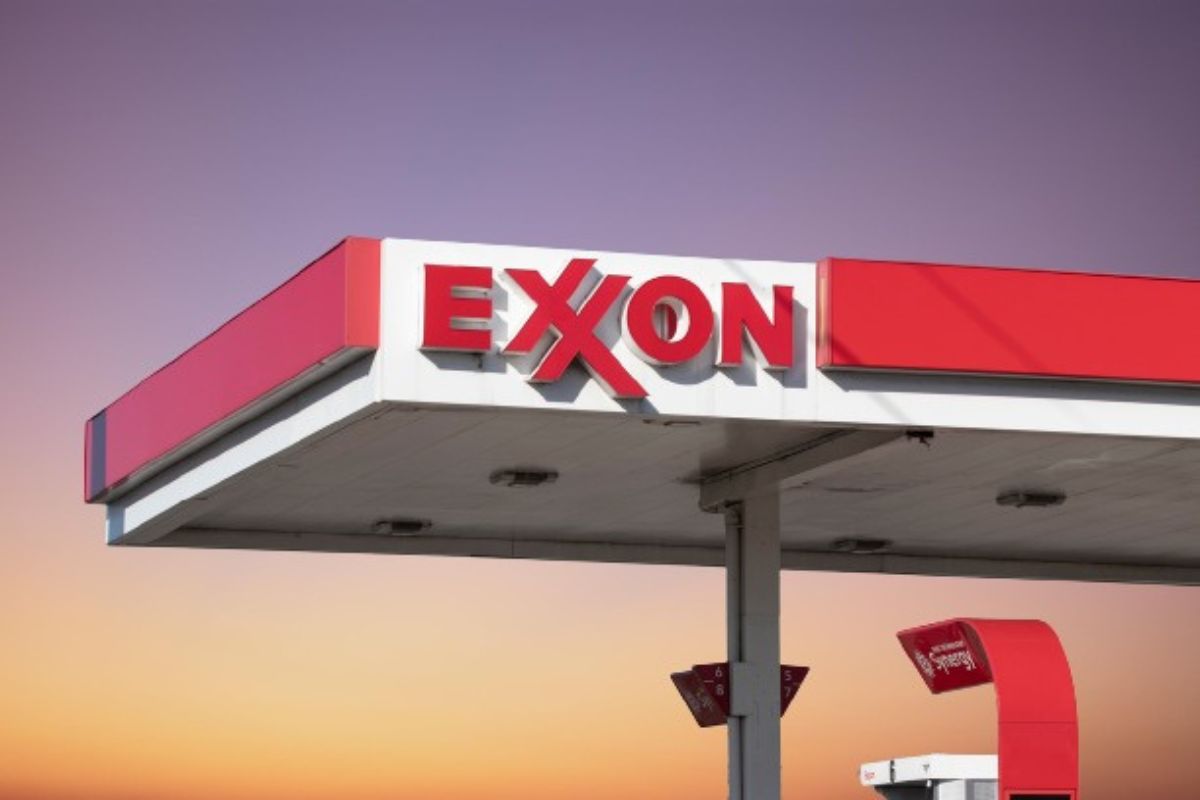California Offshore Woes: In a significant blow to California’s offshore oil industry, Exxon Mobil, one of the world’s largest oil and gas companies, has announced its decision to exit the state’s troubled sector. This move comes as no surprise, considering the anticipated $2.5 billion write-down the company is facing.
With the recent purchase of Sable Offshore, Exxon had hoped to revitalize its operations, but numerous challenges, including a hostile regulatory environment and mounting legal disputes, have forced the company to retreat.
As the industry grapples with changing trends and market dynamics, the repercussions of Exxon’s exit are likely to reverberate throughout the region. The question now remains: how will California’s offshore woes impact the operating profits of other major players in the industry?
Key Takeaways
- Exxon Mobil is projecting a $2.5 billion write-down in California assets for the fourth quarter, primarily due to lower energy prices and their impact on operating profits.
- The challenges faced by Exxon Mobil in the volatile and unpredictable oil industry highlight the vulnerability of even the largest corporations to market forces.
- Sable Offshore’s acquisition of Exxon’s Santa Ynez oil and gas operation is facing significant challenges, including a delay caused by the merger of Sable’s parent company, costly repairs to a corroded pipeline, and a legal battle over new easements demanded by local landowners.
- California’s stringent regulations and hostile business environment for oil companies, as exemplified by Exxon’s exit, are driving away major players and causing reduced investment and non-cash writedowns for companies like Chevron. California needs to strike a balance between environmental concerns and economic benefits to avoid further decline and missed opportunities.
Also Read: Exxon Tax Puzzle: Navigating Trump-Era Breaks Amid Bidens Climate Push
Exxon Mobil’s Anticipated $2.5 Billion Write-Down
Exxon Mobil Corporation has projected a significant write-down of approximately $2.5 billion in California assets for the fourth quarter, attributing the anticipated impairment primarily to lower energy prices and their impact on operating profits.
This announcement comes as a blow to the energy giant, as it grapples with the consequences of a substantial decline in oil prices. The write-down reflects the harsh reality of a market that has been plagued by oversupply and weakened demand.
Exxon Mobil’s decision to take this write-down is a clear indication of the challenges it faces in a volatile and unpredictable industry. It serves as a stark reminder of the vulnerability of even the largest corporations to the forces of the market.
The anticipated impairment in California assets further underscores the need for companies to adapt and diversify their energy portfolios in order to survive in a rapidly changing landscape.
Sable Offshore’s Purchase and Challenges
The acquisition challenges of Sable Offshore’s purchase of Exxon’s Santa Ynez oil and gas operation have posed significant obstacles to the deal’s completion. This ill-fated transaction has become a labyrinth of turmoil, threatening to engulf both companies in a whirlpool of financial disaster.
Let’s dive into the treacherous waters of Sable Offshore’s purchase and the challenges it faces:
- Delayed Merger: Sable’s parent company’s merger has caused an unfortunate setback, prolonging the completion of the deal and leaving both parties in limbo.
- Corroded Pipeline: A corroded pipeline, responsible for a devastating oil spill back in 2015, has become a nightmare haunting this transaction. Repairs are urgently needed, but the cost is exorbitant.
- Litigation Nightmare: Local landowners are demanding new easements, demanding up to $250 million for repairs. This has sparked a legal battle that threatens to drag on, further complicating an already precarious situation.
The fate of this deal hangs in the balance, with potential financial risks looming overhead. Will Sable Offshore overcome these challenges and emerge victorious, or will this purchase sink both companies into the abyss of failure? Only time will tell. Stay tuned for more updates on this titanic struggle.
Regulatory Environment Challenges and Exxon’s Withdrawal
As Sable Offshore’s acquisition of Exxon’s Santa Ynez oil and gas operation faces numerous challenges, the regulatory environment in California emerges as a formidable obstacle leading to Exxon’s decision to withdraw. The state’s stringent regulations have created a hostile business environment for oil companies, stifling their ability to operate profitably. Exxon’s $2.5 billion exit is a clear signal that the burdensome regulatory framework in California is driving away major players in the industry.
With Chevron also suffering from reduced investment and announcing non-cash writedowns due to regulatory hurdles, it is evident that the state’s policies are hindering the growth and profitability of the oil and gas sector. California must reconsider its approach and strike a balance between environmental concerns and the economic benefits that the industry brings. Failure to do so will only lead to further decline and missed opportunities for the state.
Potential Legal Dispute Resolution and Production Restart
Negotiations are currently underway to resolve the potential legal dispute and facilitate the restart of production at the Santa Ynez oil and gas operation. This crucial step marks a turning point in the battle between Sable and the landowners, as it could determine the fate of the multi-billion dollar deal.
The pressure is on for Sable to secure approval from the California Office of State Fire Marshal for its repair and restart plan. If all goes according to plan, production could resume in July, unleashing a potential daily output of 28,000 barrels of oil and gas.
The clock is ticking, as Sable’s agreement with Exxon stipulates that production must resume by early 2026, or else the assets and liabilities revert back to Exxon. The stakes are high, and the outcome of these negotiations will have far-reaching consequences for all parties involved.
Stay tuned for the next chapter in this high-stakes saga.
- The outcome of the negotiations will determine the future of the Santa Ynez oil and gas operation.
- Sable is under immense pressure to obtain approval for its repair and restart plan from the California Office of State Fire Marshal.
- If approved, production could restart in July, potentially boosting daily output to 28,000 barrels of oil and gas.
- The clock is ticking, as Sable must meet the deadline set in its agreement with Exxon for production to resume by early 2026, or else the assets and liabilities will revert back to Exxon.
Industry Trends and Market Dynamics
Amidst the challenges faced by major oil companies, Exxon Mobil’s cautionary note aligns with a broader trend of divestment from California due to mature oilfields and stringent regulatory and environmental policies. This trend highlights the industry’s struggle to operate profitably in the state, as companies face increased costs and restrictions.
Chevron’s criticism of California’s energy policies further exemplifies the difficulties faced by oil giants, leading to significant spending reductions. The industry is closely monitoring Exxon Mobil’s financial results, set to be released on February 2, as they navigate ongoing challenges in the energy sector and shifting market dynamics.
With California’s declining oil production and strict regulations, it seems that major oil companies are finding it increasingly difficult to maintain a profitable presence in the state.
Conclusion Of California Offshore Woes
Exxon Mobil’s decision to exit the California offshore market and write down $2.5 billion reflects the challenges faced by the company in this sector.
The purchase of Sable Offshore and subsequent regulatory environment challenges have contributed to this decision.
While the potential legal dispute resolution and production restart remain uncertain, it is clear that industry trends and market dynamics have played a significant role in Exxon’s operating profit reduction.
Our Reader’s Queries
Who won the California offshore wind lease?
RWE Offshore Wind Holdings LLC, California North Floating LLC, Equinor Wind US LLC, Central California Offshore Wind LLC, and Invenergy California Offshore LLC have been named as the provisional winners. These companies have demonstrated their expertise in the field and have been selected for their exceptional performance. Their commitment to excellence is evident in their work, and they are poised to make a significant impact in the industry. With their innovative approach and cutting-edge technology, they are sure to lead the way in offshore wind energy.
Are offshore wind farms coming to California’s coastline?
California’s plan for offshore wind farms is ambitious, aiming to generate 25 gigawatts of electricity by 2045. This would power 25 million homes and contribute 13% of the state’s power supply. The need to harness wind energy off the coast of California is urgent, as it is crucial in meeting the state’s climate goals. It’s a race against time, and the stakes are high.
Did California dip its toe into the deep waters of offshore wind energy?
California has embarked on a significant journey towards energy generation from offshore wind farms. Recently, the federal government conducted an auction that resulted in five companies leasing over 373,000 acres off the Central and Northern coasts of California, generating a whopping $757.1 million. This marks the first step towards exploring the potential of offshore wind farms in the state.
What is the offshore wind goal for California?
In 2022, the CEC put forth a proposal suggesting that California aim for 3 to 5 gigawatts of offshore wind power by 2030, and a whopping 25 gigawatts by 2045. However, without a specific mandate in place, it’s up to the California Public Utilities Commission to establish the necessary requirements.




